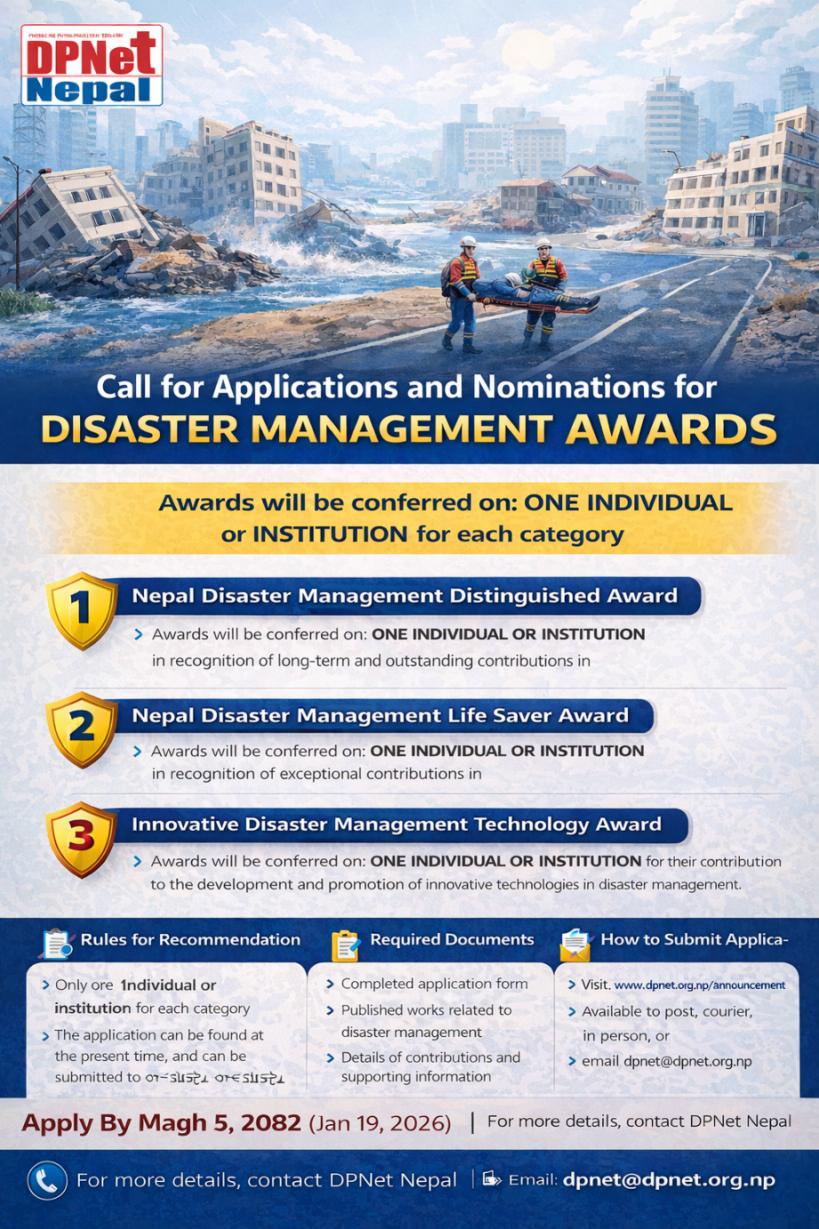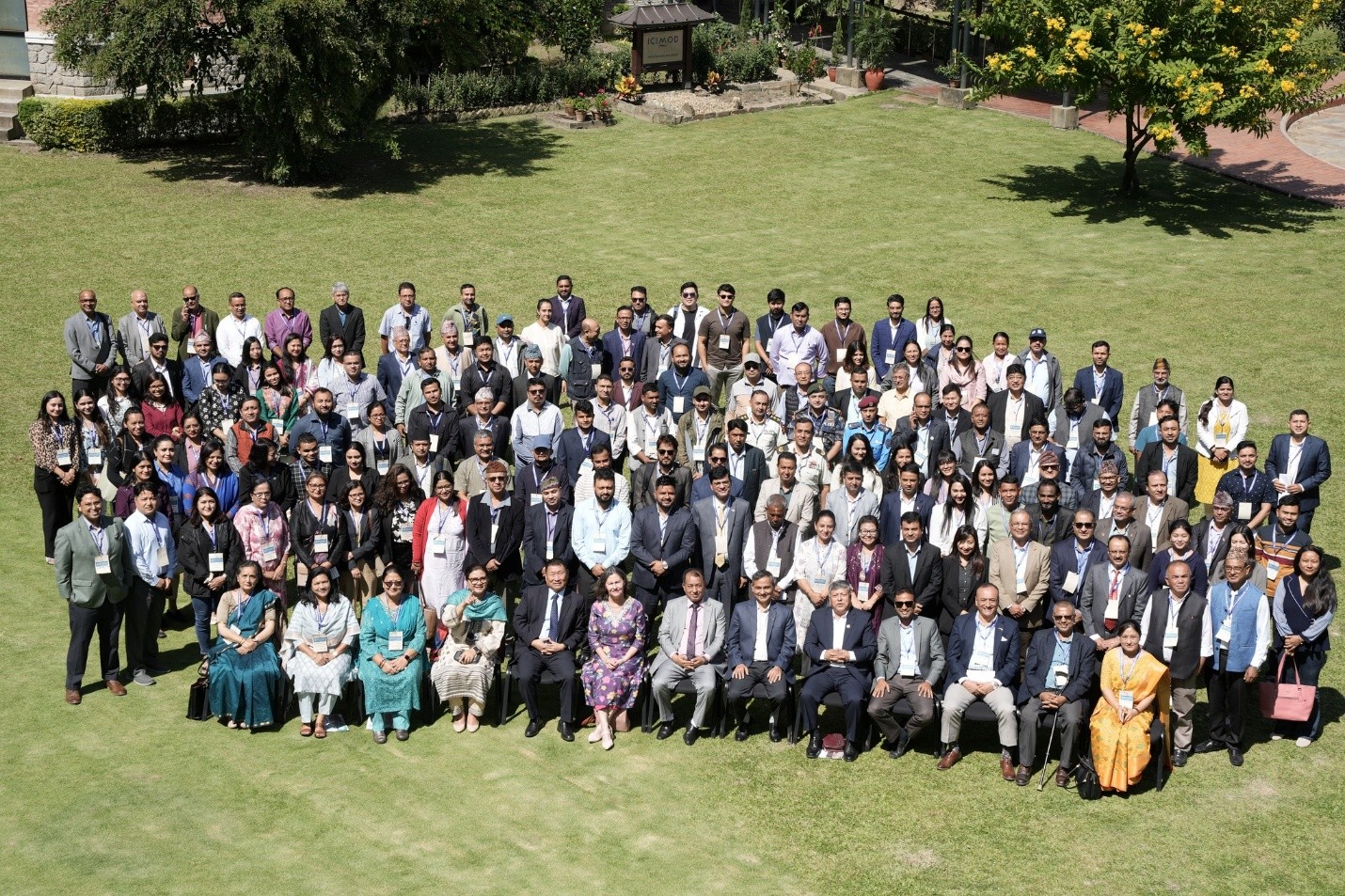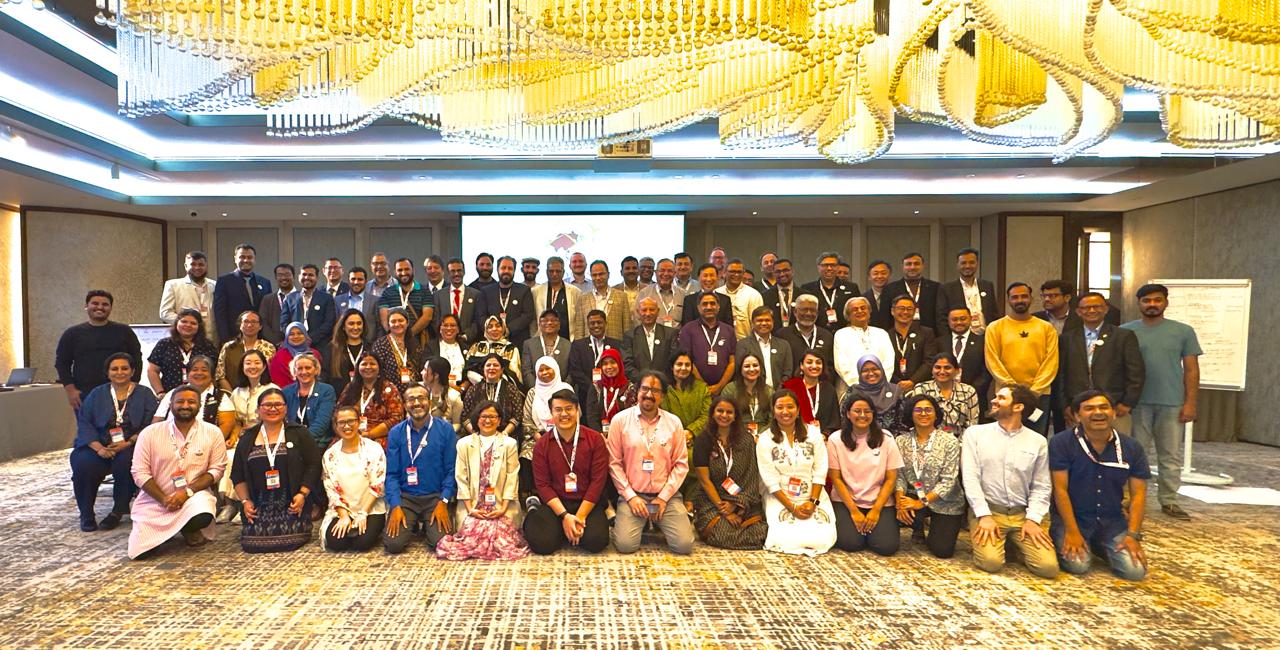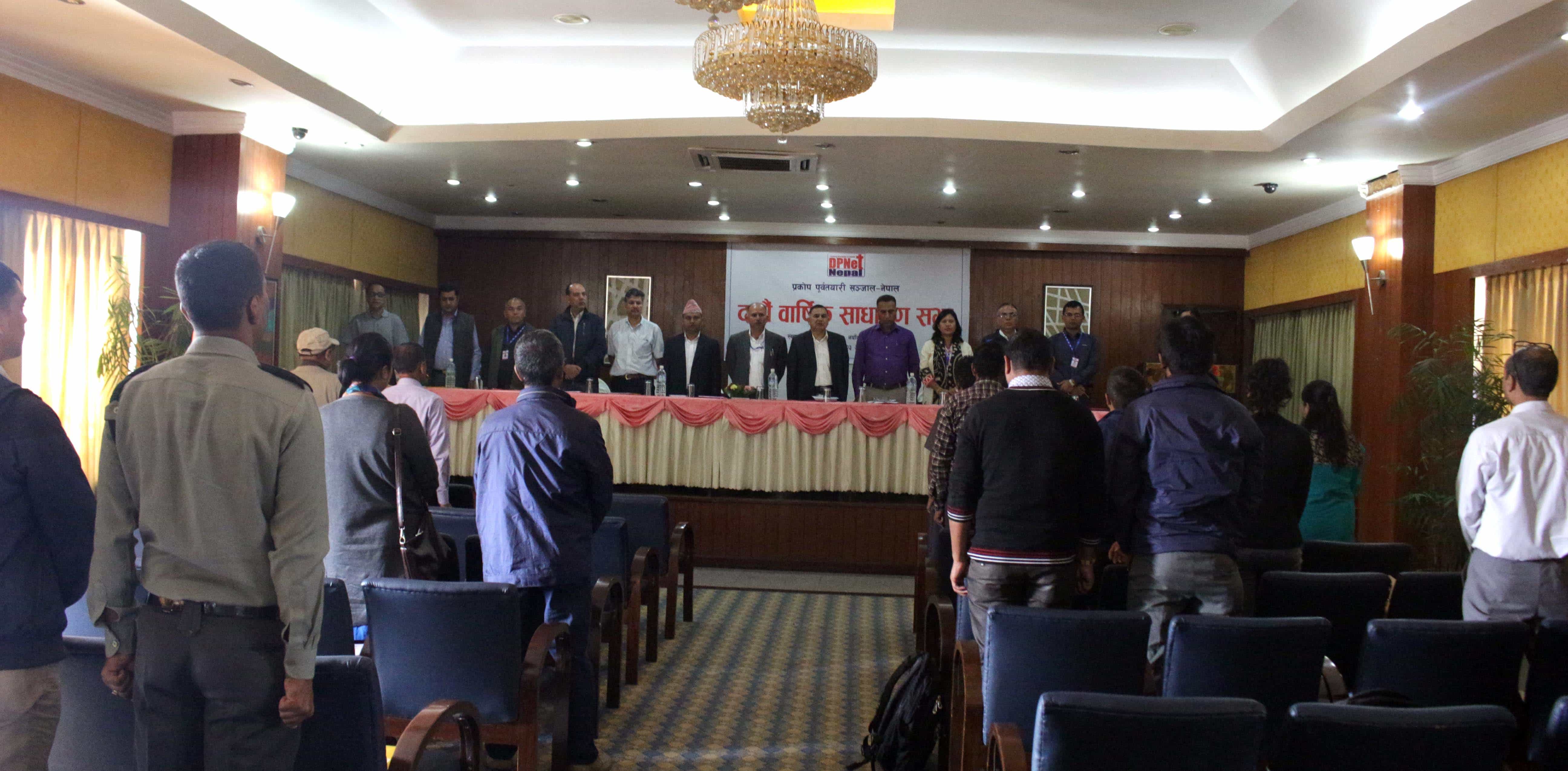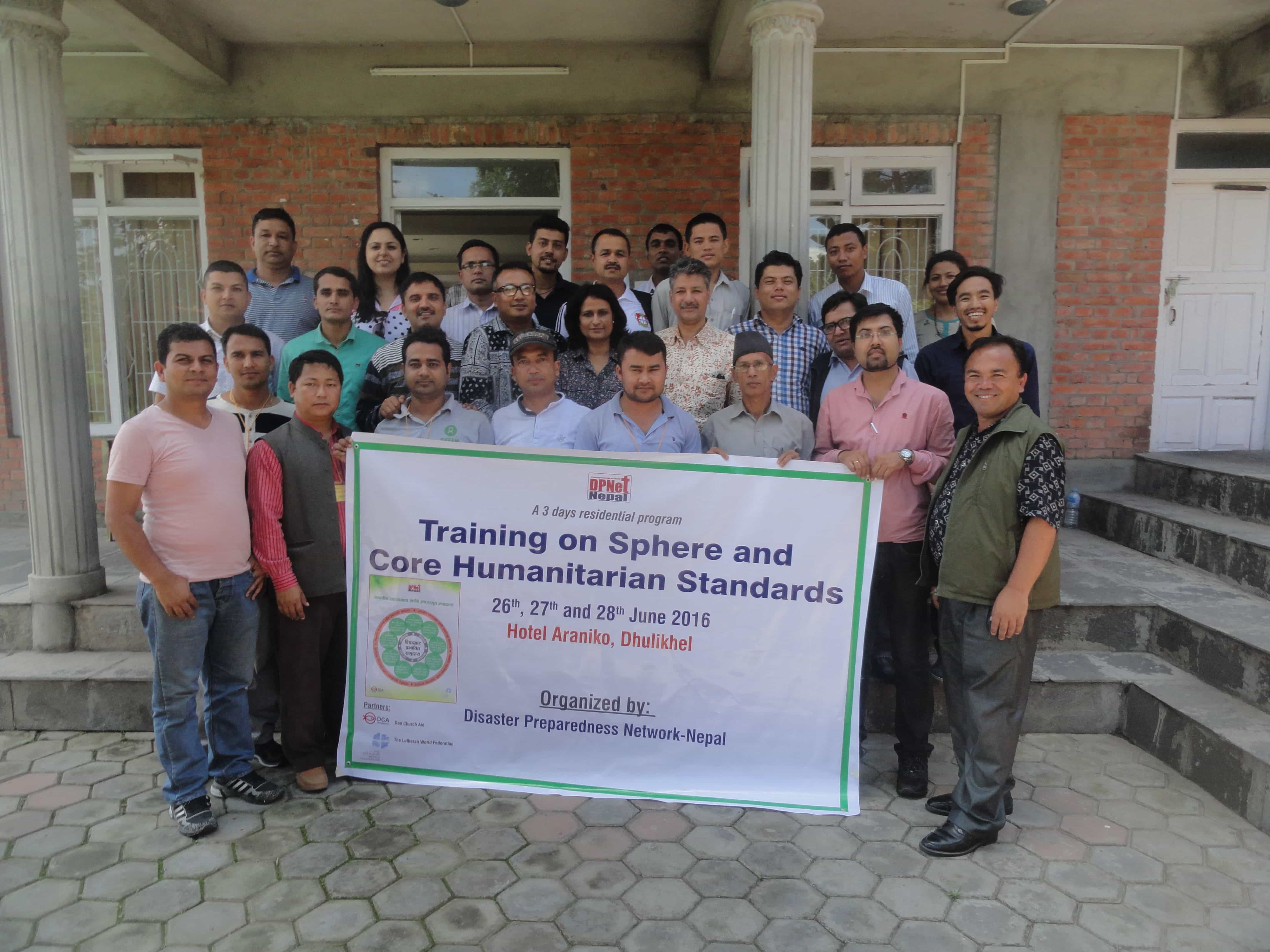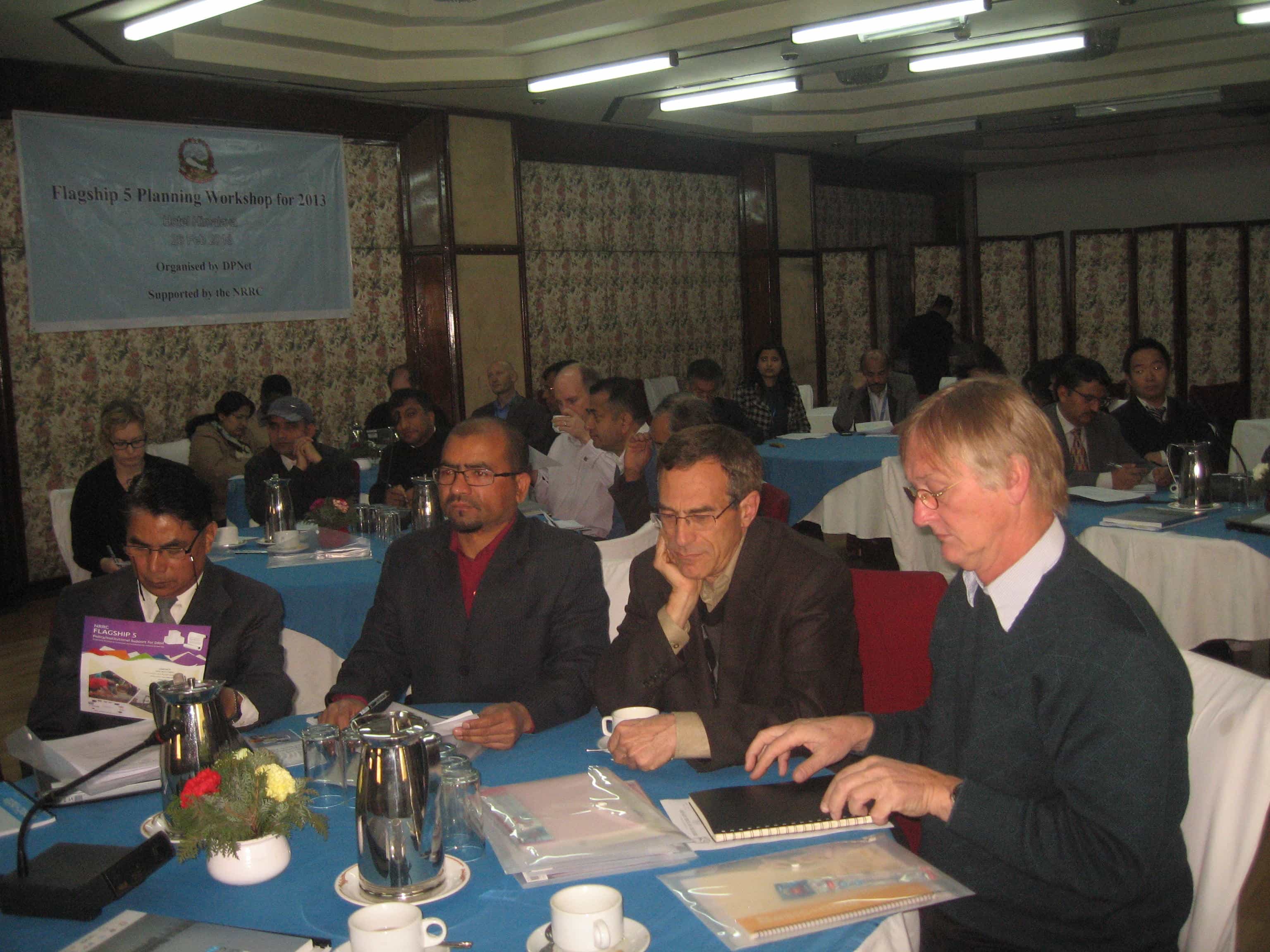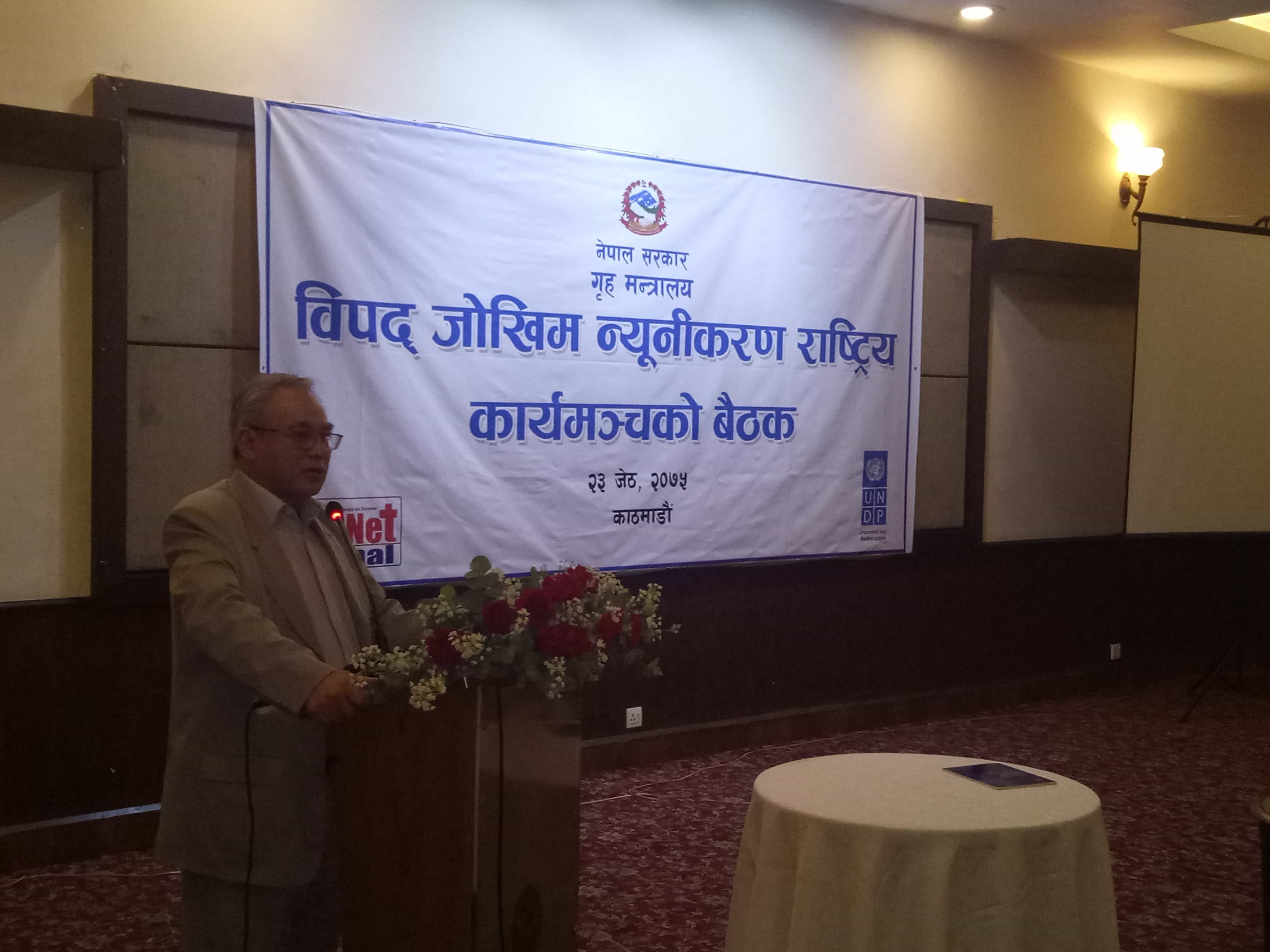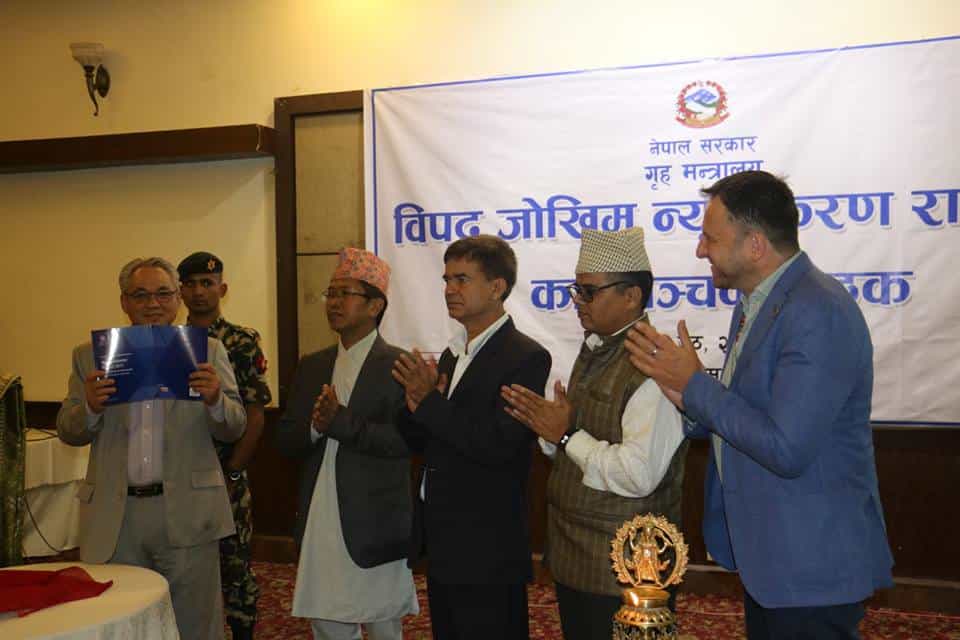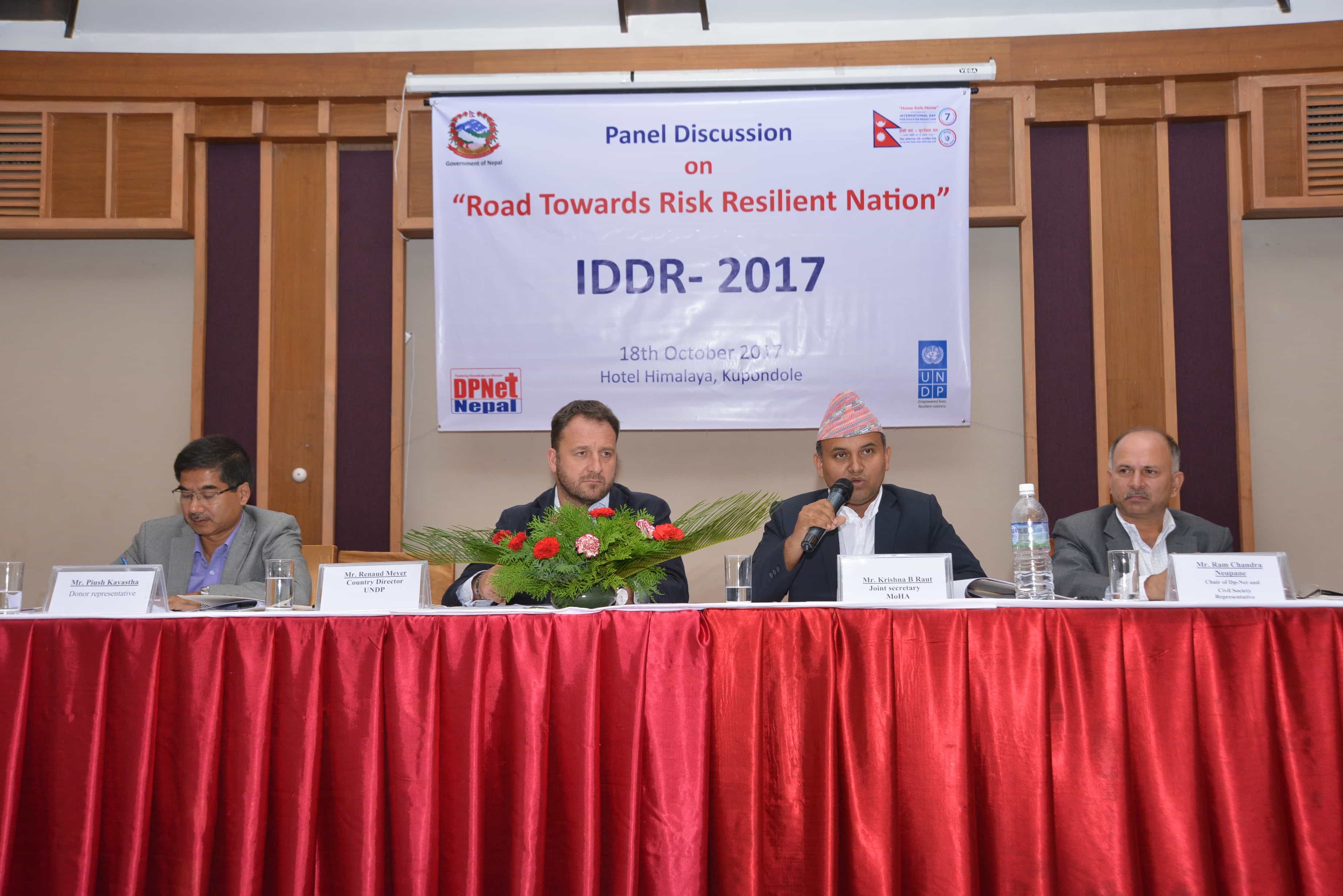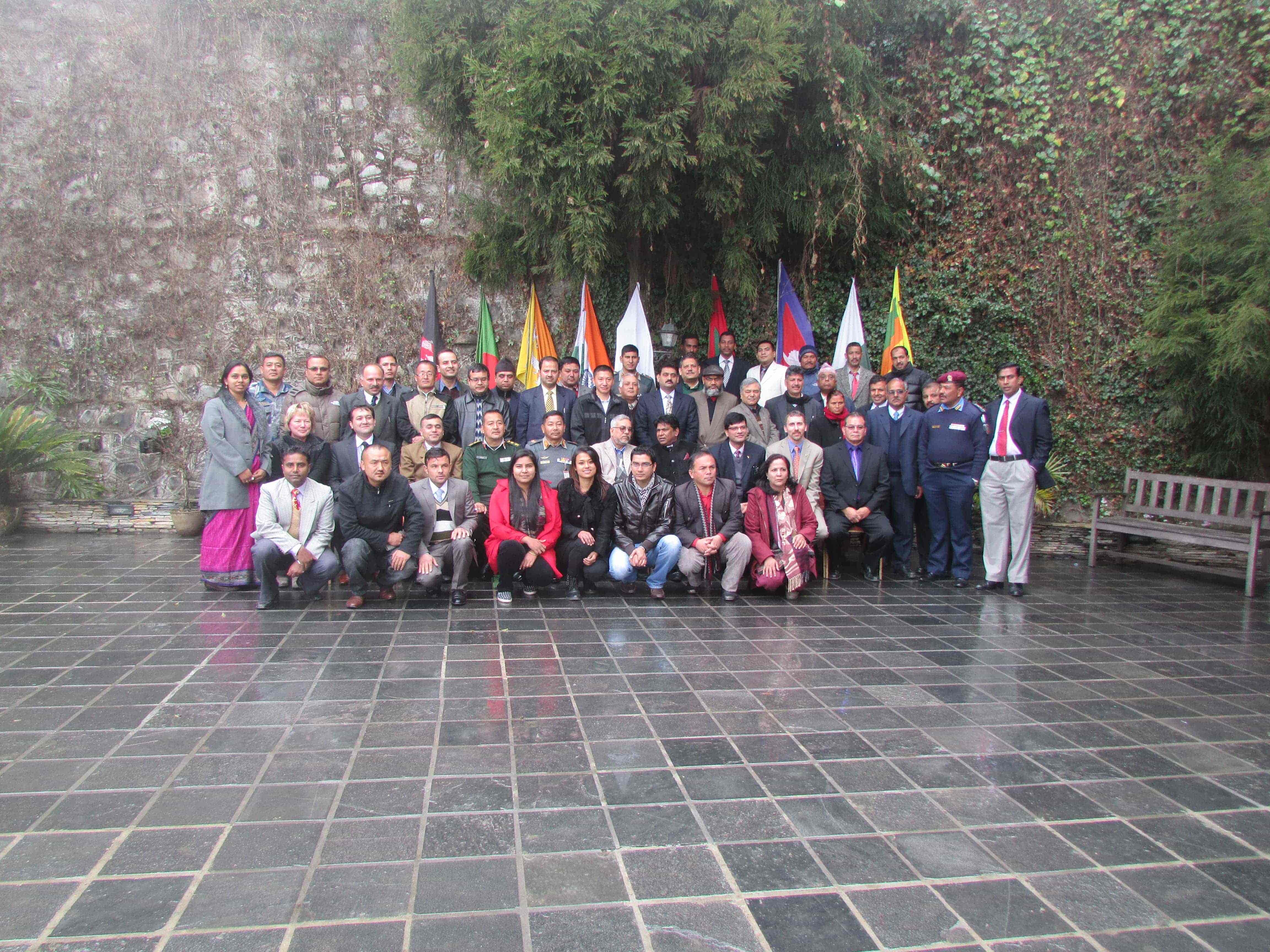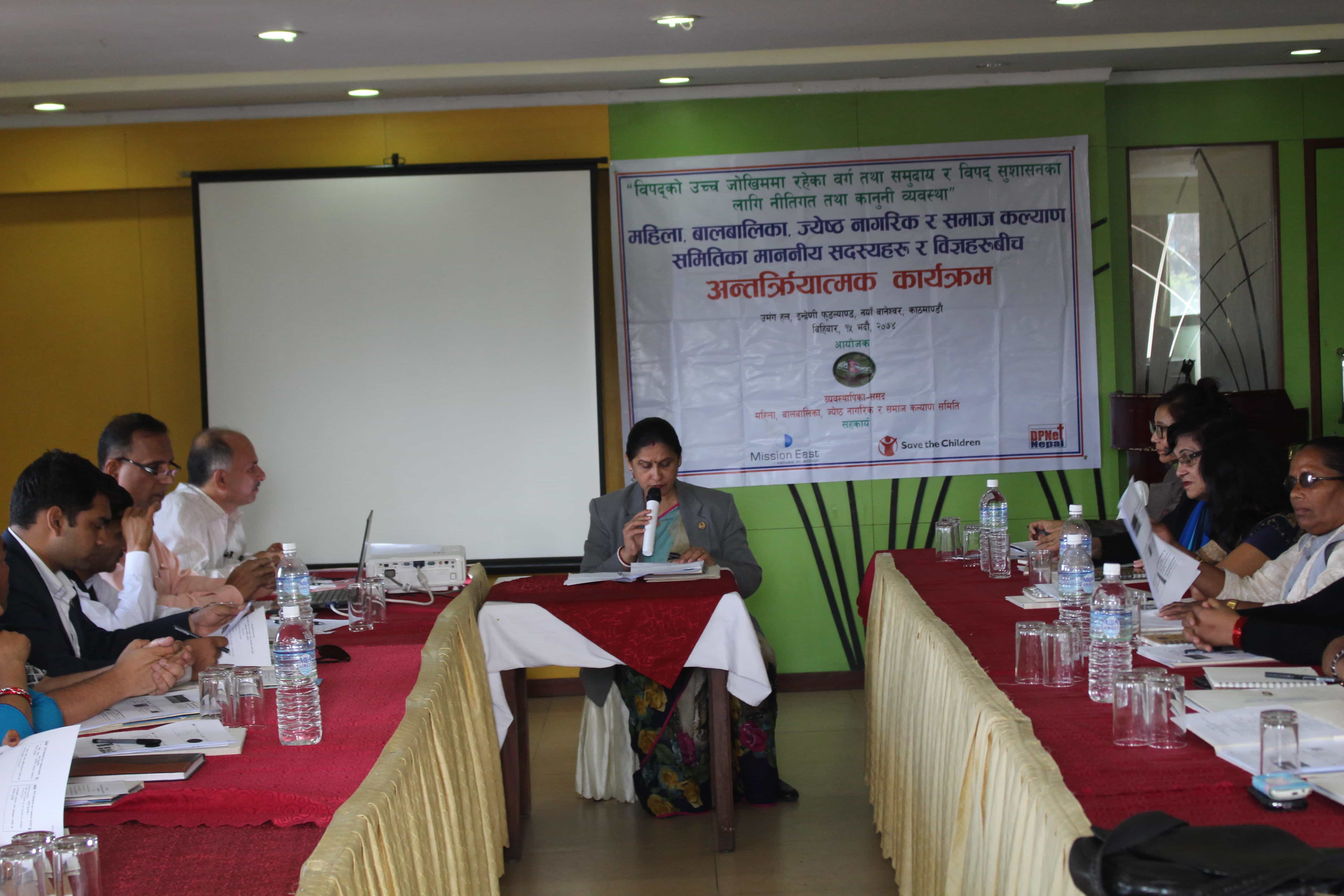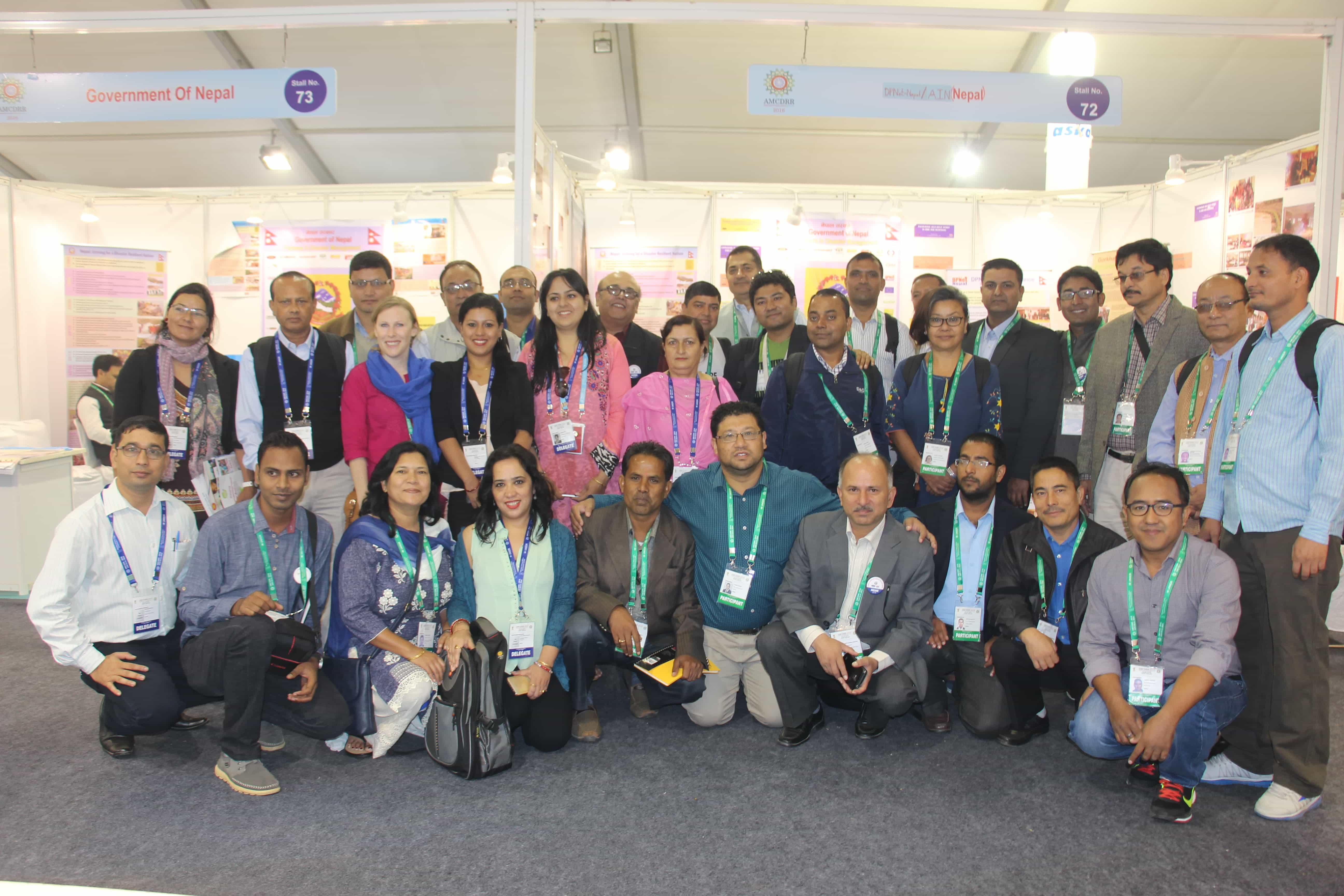DPNet Presents Chobhar Fact-Finding Observation to NDRRMA Team
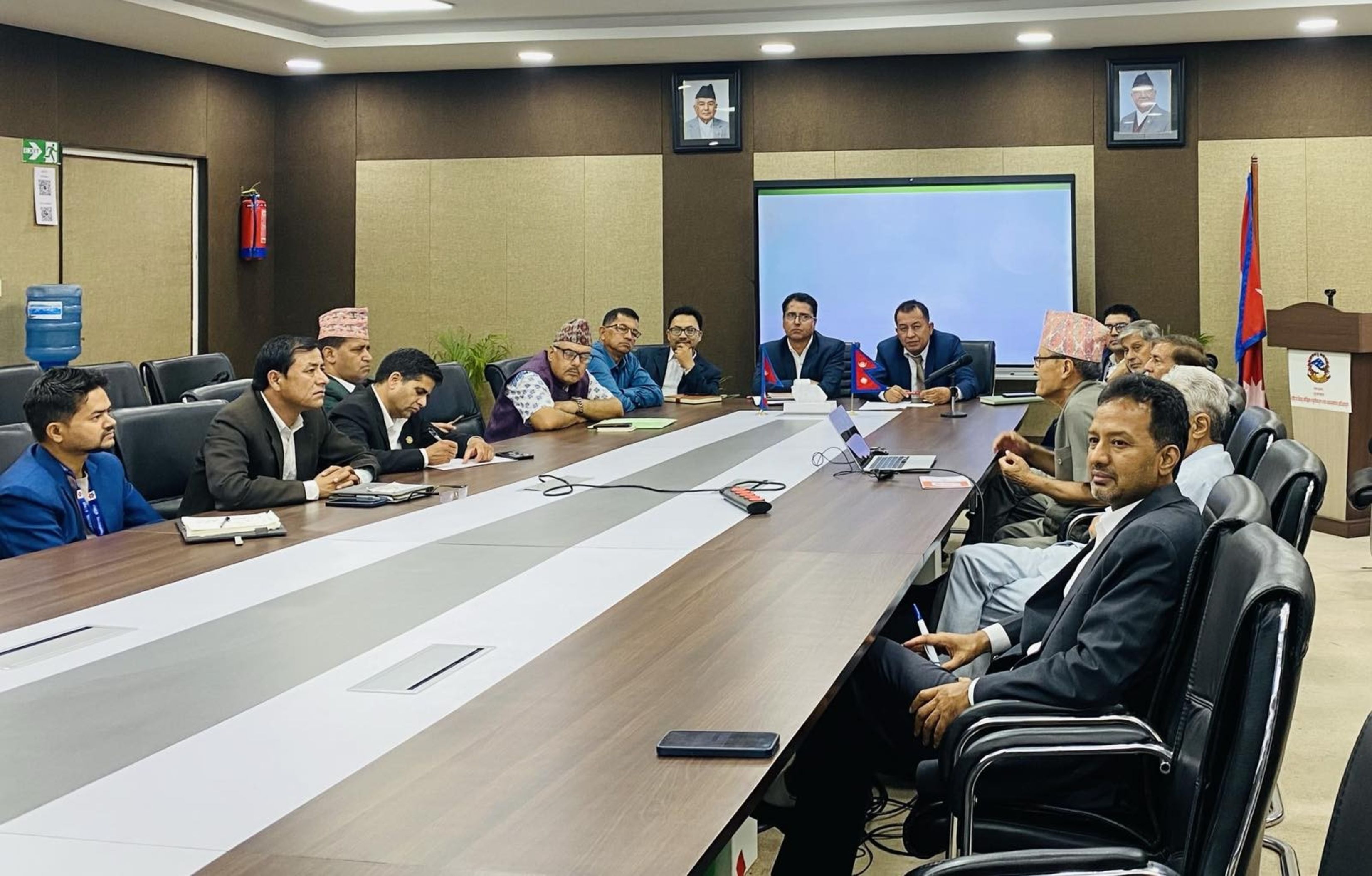
A field mission by the Disaster Preparedness Network–Nepal (DPNet) has concluded that widening or blasting the Chobhar Gorge would do little to curb Kathmandu Valley floods and could, in fact, unleash new geological and cultural risks. The findings, presented on 7 July 2025 to the NDRRMA, come amid public chaos over rumours that the gorge’s fractured bedrock will be dynamited to speed Bagmati River outflow.
DPNet adviser Prof. Jib Raj Pokhrel cited four-century-old documents forbidding even the removal of wood from the sacred site, warning that tampering would offend spiritual sensibilities as well as scientific ones. Former DUDBC Director-General Umesh Bahadur Malla argued that houses inundated last year had been built in the river’s rightful path, and that safeguarding a handful of structures should not justify irrevocable damage to the gorge’s geology.
Drawing on more than thirty years of leading geological excursions to Chobhar, Prof Bishal Nath Upreti told the NDRRMA briefing that field measurements and hydraulic modelling show the gorge can safely pass roughly major flood, so the real bottlenecks lie upstream where decades of flood-plain encroachment and low bridges impede flow; he warned that enlarging the gorge would only accelerate water velocity, deepen channel scour, raise upstream flood levels and destabilise its highly fractured metamorphic rock, potentially triggering slope failures or even blocking the outlet with rockfall, and he urged that any intervention wait for a rigorous multidisciplinary study instead of risking catastrophic engineering and cultural damage.
During the de-brief with NDRRMA, Dr Thapa summarised the team’s main finding and highlighted independent, multidisciplinary study before any physical intervention is considered. He also shared the key idea like debris that could clog the outlet during heavy rains should be intercepted upstream. After hearing fact finding team briefing Mr. Bhatt thanked DPNet for bring valuable insights and shared with NDRRMA.
